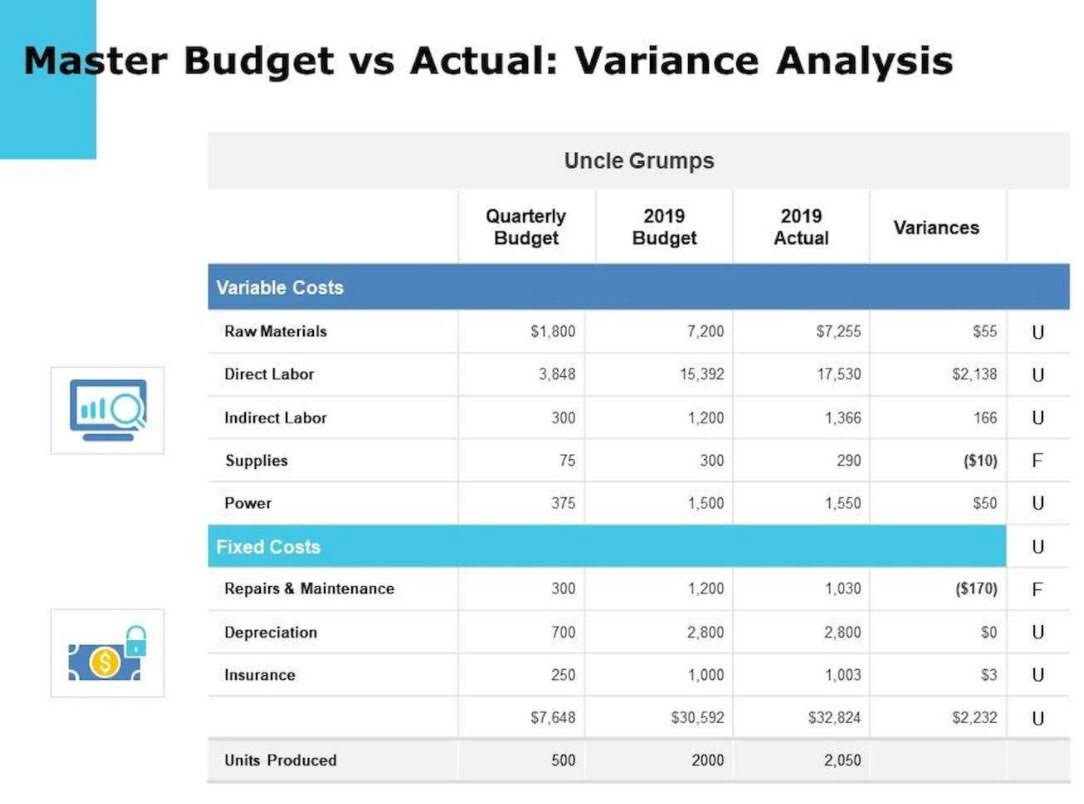
Contact our UK-based team: : info@campbellirvine.com

How the Clearinghouse Is Supporting Your GE FVT Reporting Needs

(An award year is the period from July 1 to June 30.) The value should include both Title IV recipients and students who did not receive Title IV aid. An institution is already expected to include financial resources, including private education loans, in a student’s financial aid package if the resources were received because the individual is a student. This is true even when the institution does not certify a private education loan, but otherwise becomes aware that a student has received such a loan, for example through discussions or email exchanges with the student. An institution should be reasonably be aware of such private education loans and should include them in a student’s financial aid package. Beginning on July 1, 2026, institutions must begin providing warnings to prospective students in any GE program if the has been notified that the program has failed either the D/E or EP measures prior to that date. Institutions must also provide warnings to all enrolled students in a program that has failed one of the metrics by the later of July 1, 2026 or 30 days after the date that the Department notified the institution that the program had failed.

Can I work on the Program Level Report tile prior to completing the Student Level Report tile?
- Compliance isn’t just a one-person job; it requires a collective effort and a strategic plan.
- However, the Final Rule’s adoption of an EP benchmark, which purports to measure a program’s value by comparing median graduate earnings to those of working high school graduates in the same state, is a substantial addition to the previously effective GE regime and is unchanged from the Proposed Rule.
- NSLDS will send your Draft Completers List (the list of students who completed your programs) to the Clearinghouse, which will validate the data.
- Examples of these other financial obligations include library fees, graduation or withdrawal fees, laboratory fees, etc.
- If it is not possible to calculate or publish the EP measure for a program for an award year, the program would receive no result under the EP measure for that award year.
- In its analysis of the underlying data, the Department relied upon data on the program enrollment, demographic characteristics, borrowing levels, post-completion earnings and borrower outcomes of students who received Title IV funds for their studies.
This announcement also identifies some common issues identified by the Department during the debt reporting process and provides information on how institutions can address those issues. There’s also the possibility that some programs could fail the D/E or earnings premium tests and face sanctions like consumer warning requirements or even loss of federal aid eligibility for GE programs. The Department estimates that nearly 1 in 4 programs across the country could fail at least one of the two tests in a given year. The Completers List contains information about students who have completed a GE or eligible non-GE program.
- However, the Department needs additional student-specific information from institutions to calculate the D/E and EP measures and to calculate other information that the Department will disclose to students.
- The Clearinghouse can identify students who would otherwise be missing from your cohort and completers record, and we will prefill some of your FVT/GE report data, which saves you time and effort.
- An overview of the FVT/GE provisions scheduled to be implemented on July 1, 2024 can be found in Dear Colleague Letter GEN-24-04.
- If a program using transitional calculations has sufficient completers in the earnings cohort but not the debt cohort, the Earnings Premium metric will be calculated and included with median earnings information on the program information webpage.
- ED will calculate and disseminate the above metrics for both GE and non-GE programs, meaning that nearly all programs offered by any Title IV participating institution will be potentially subject to the “high debt burden” and “low-earning” designations.
Financial Value Transparency and Gainful Employment (FVT/GE)

It is beneficial for identifying students receiving Title IV aid for programs that require FVT/GE reporting. A four-year cohort period would consist of the third, fourth, fifth and sixth award years prior to the year for which the most recent earnings data are available at the time of calculation. The Department understands institutions may desire additional flexibility beyond the already twice-moved deadline for reporting the required FVT/GE data. Institutions that fail to complete reporting by the revised deadline will be considered non-compliant with the regulatory requirements, and the Department will determine appropriate action based on the circumstances. If neither your institutional accrediting agency nor a programmatic accrediting agency requires data for students who take and/or pass a licensure exam, you should leave a space in the relevant fields. If one accrediting agency or the other (but not both) requires this information, report the values as calculated for whichever agency requires them.
- The FVT/GE Program Enrollment Summary Report provides an overview of enrollment data for all students in the program.
- These rules, which were published October 10, 2023, and go into effect later this year, will provide students, institutions, and the public the most detailed information ever available about what students and families can anticipate paying for college and the financial outcomes they can expect to achieve.
- For errors and warnings, including how to correct and prevent them, see Student Level Report Errors & Warnings Resolution.
- Requirements related to the Department’s program information website, including student acknowledgements, will be effective July 1, 2026.The Department will provide additional operational guidance for usage of this website prior to its implementation.
- If the earnings data from the IRS includes reports from records of earnings on at least 30 completers, the Department uses the median annual earnings provided by the IRS to calculate the D/E rates and EP measure for each program.
Data validation +

If a current or prospective student receives a warning but does not seek to enroll until more than 12 months afterward, the institution must again provide the warning unless the program has since passed both the D/E rates and EP measure for the two most recent consecutive years the metrics were calculated. A program fails the D/E rates if it fails both the annual D/E rate and the discretionary D/E rate. A program fails the annual D/E rate if it has a rate greater than 8 percent or if the denominator (median annual earnings) is zero and the numerator (median debt payments) is positive. A program fails the discretionary D/E rate if the rate is greater than 20 percent or if the denominator (median discretionary earnings) is negative or zero and the numerator (median debt payments) is positive. Significantly, DCL GEN notes the overlap of the FVT/GE Final Rule with new ED Financial Responsibility and Administrative https://www.bookstime.com/ Capability regulations, which are also effective July 1, 2024. Under those regulations, ED will not consider an institution to be financially responsible if at least 50% of its Title IV funds from the most recently completed fiscal or award year stem from GE (but not non-GE, per the DCL) programs that failed either the most recent D/E or EP metrics.
- The FVT/GE regulations define “institutional grants and scholarships” in 34 CFR 668.2 as “assistance that the institution or its affiliate controls or directs to reduce or offset the original amount of a student’s institutional costs and that does not have to be repaid.
- Schools should not exclude any students from reporting, whether they use transitional or standard reporting.
- Institutions are strongly encouraged to assess available internal data for each applicable cohort.
- As a matter of ongoing compliance, institutions must then continue to certify these requirements in their PPAs on an ongoing basis and maintain currency as to the list of eligible programs.
- If you change fields already populated on the file, the records could be flagged with an error or warning.
- As fiduciaries, participating institutions are always expected to exercise care and diligence in administering the federal student aid programs and to correct errors when they are identified, including through the Completer’s List process.
Student Services
Today, the United States Department of Education (the Department) is pleased to announce the availability of an FVT/GE Topics page on Federal Student Aid’s Knowledge Center. This page provides institutions with a repository for regulations, policy guidance, publications, and operational information. Schools should not exclude any students from reporting, whether they use transitional or standard reporting. The Department will apply the appropriate exclusions for students when calculating the D/E and EP measures. Schools should also use one of the two methods described above when reporting award year values in the AA Detail Record for students who are currently enrolled in more than one program at the institution as of June 30.

The student now has a balance due the institution of $913 that is made up of the $363 remaining under the original institutional financing plan and the $550 they now owe following the tuition refund and the amount that was returned by the institution to the Title IV programs. The ‘Program Attendance Status During Award Year’ for such a student would be ‘E’ (Enrolled) and not ‘W’ (Withdrew) at the end of the spring term if the student is expected to re-enroll for the fall term. If the student does not return as expected, the ‘Program Attendance Status During Award Year’ must be changed to ‘W’ (Withdrew) and the ‘Program Attendance Status Date During Award Year’ should be completed with the last date of attendance. New reports will be available before the reporting window opens in NSLDS to identify these students. The Department uses an institution’s existing enrollment reporting to construct the list of students who have completed or withdrawn from the program.

Overawards and other Title IV student aid owed to the institution by the student, including as a result of a R2T4 calculation, are not considered institutional debt and therefore should not be reported as part of institutional debt. However, amounts owed to the institution for unpaid tuition, even where those amounts are the result of funds returned by the institution to the Title IV programs under an R2T4 calculation, should be included. The Department currently does not maintain information about an individual’s receipt of FWS and these students therefore cannot be included on an institution’s completer’s lists. Therefore, until such time as the Department can include such individuals using the data in its system, institutions are not required to take any action related to individuals who receive only FWS, including reporting. If a program using transitional calculations has sufficient completers in the debt cohort but not the earnings cohort, D/E and earnings premium metrics will not be calculated for the program, but the program’s median debt information will still be included on the Department’s program information website.
If a proprietary institution acquires a liberal arts bachelor’s degree program (either by purchase, merger, or any other transaction) after January 1, 2009, the exception does not apply since the program was not continuously provided by the proprietary institution since that date. Therefore, the financial transparency liberal arts program must lead to gainful employment in a recognized occupation to be eligible for Title IV aid and is considered a GE program. We’ve been providing higher education institutions with tools for complying with federal reporting requirements since the 1990s, giving us deep and unprecedented experience in crafting solutions that meet the needs of both institutions and regulators. Your institution should prepare to meet the GE/FVT reporting requirements by the January 15, 2025, deadline (see FSA announcement about updated reporting date). (The AACS complaint is available online.) If the FVT/GE regulations are not enjoined, rescinded or otherwise delayed, the Final Rule will take effect on July 1, 2024, and institutions must report their initial tranches of pertinent data to ED by July 31, 2024. If you sign up for the Clearinghouse’s FVT/GE reporting solution, you should not follow the NSLDS SAIG instructions.
The Department will not calculate rates for a program if it does not have data for a sufficient number of completers for the cohort period. This would include situations in which an institution does not use the transitional reporting process and did not report completers for a particular program during all or part of the cohort period because it was not required to report enrollment at the program level during that period. For programs using standard reporting, 30 completers would be required for the 2-year cohort or the 4-year cohort for metrics to be calculated and debt and earnings data to be published. For programs using transitional rates, this would mean that there must be at least 30 completers in the payroll 4-year cohort for earnings and at least 30 completers in the two most recently completed award years for debt.

